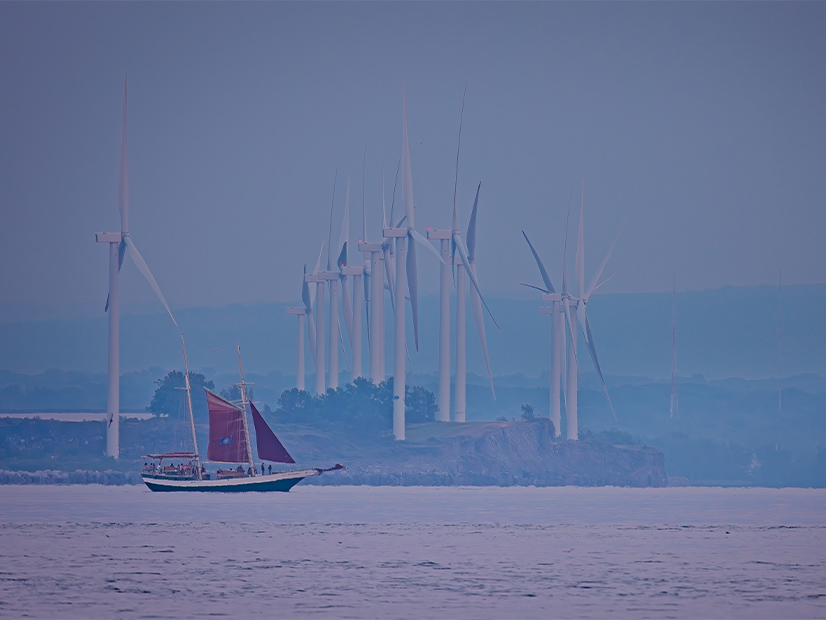The latest update on New York’s Clean Energy Standard (CES) shows a work in progress, with only 23.2% of electric load being met by renewables statewide in 2023.
This is down from 25.1% in 2022 and far short of the 70% the state has mandated itself to reach in 2030 — a goal the state has acknowledged it is likely to miss, perhaps by a wide margin.
The New York State Energy Research and Development Authority submitted its annual CES progress report to the Department of Public Service on Jan. 31 (15-E-0302). NYSERDA cited progress in 2023, including completion of nine projects totaling 628 MW of capacity and 1,754 GWh of generation. NYSERDA also said work done in 2023 set the stage for further achievements in 2024 and beyond, when significant progress is anticipated.
But 2023 also was a year of numerous setbacks, with many projects experiencing delays and contract cancellations. (See NY Rejects Inflation Adjustment for Renewable Projects.) Additionally, imports of renewable energy from adjacent control areas decreased and exports of baseline renewables increased, requiring backfill by other forms of electric generation.
The report is built on data from the New York Grid Attribution Tracking System, which shows the 2023 renewables mix in New York was heavily weighted toward decades-old hydropower facilities rather than the new wind and solar facilities the state has been promoting.
Hydro contributed 18%, solar 3.4% and wind 1.8% to the mix. That compares with 49.8% from natural gas and 21.7% from nuclear.
Nuclear is zero-emissions rather than renewable, but it is an important part of the state’s effort to cut its carbon footprint. A turning point in that effort was the retirement of the two reactors at Indian Point, in 2020 and 2021.
NYSERDA’s 2019 CES report shows nuclear providing 32.4% of the New York grid’s electricity and natural gas providing 35.7%. The agency’s progress reports in 2020 through 2022 show rapidly increasing percentages of natural gas generation as more carbon was burned to backfill for the lost nuclear.
Meanwhile, installed capacity was increasing gradually for wind and more quickly for solar; 2023 was the first year either renewable contributed more than 3% of the state’s electricity.
NYSERDA and the DPS jointly reported in July that the slow pace of progress and the anticipated rise in power demand meant New York is unlikely to meet the 70% renewables by 2030 goal mandated in the state’s landmark 2019 climate bill, the Climate Leadership and Community Protection Act. (See NY Expects to Miss 2030 Renewable Energy Target.)
Thanks to imports, coal had a larger presence than wind in New York’s grid in 2023 — even though the last coal-burning power plant within its borders closed in 2020. The latest CES update shows 3,148,694 MWh of coal-generated electricity consumed in New York in 2023, compared to 2,593,709 MWh of wind. Trash burned for electricity, another frequent target of clean energy advocates, outstripped coal at 3,295,440 MWh.



